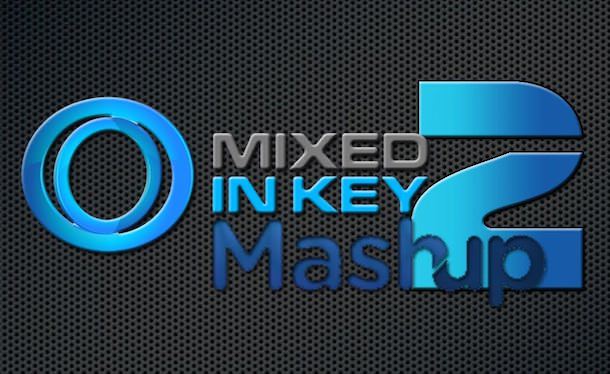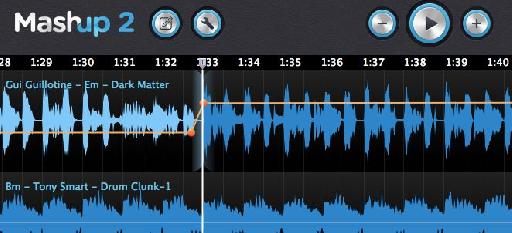

You can easily establish nearly all pop song’s tempo by simply counting it or using one of many online services to help you do that.It’s for sure easier to work with a clean drum beat of known tempo and use it as the beat foundation of your project, so you may want to look for such files first.Small tempo differences can be dealt with in Audacity. There are hundreds of songs and samples on YouTube and available in other services with bpm clearly indicated in the video’s title or file descriptions. You can decide that you want to look for songs that have the same tempo – it will make your project easier to complete. It’s for sure easier to work with two or more files that have the same tempo (measured in bpm – beats per minutes).You can also begin with just using a drum/ beat track and an instrumental track with the same tempo and then superimpose an acapella track onto them (so two or three tracks to begin with), and then add more samples and effects. With time you can add more samples and effects. It’s often suggested that one acapella track and one instrumental track work best for these kind of simple projects. Once you know a thing or two about how Audacity works, think about what you’d want to do with your mashup song.įind/ select/ two or more songs that would be the foundation of your project. You may use a video tutorial like this one to get yourself acquainted with Audacity:


#Mashup mixed in key tutorial download
Use any music file that you have on your computer or download one from the net. It would be a great idea, obviously, to use an audio file to experiment with all these options. Play around with the different functions and options to get a basic understanding of the interface.
#Mashup mixed in key tutorial how to
Chances are, then, that if you learn how to create mashups with fun or surprising effects, you are also likely to be able to produce a simple podcast and other sound-based media formats.ĭo not confuse this work, however, with serious sound or music production, which – unfortunately – takes a lot of practice, experience and a decent studio set up. Remember, though, that if you decide to publish your work, it may become a completely different story altogether.Īs I pointed out above, the best thing about mashups and remixes is that the work that you do with these projects is not unlike music production or mixing, and is also close to mixing any kind of sound editing projects (like podcasts). Since your projects will be designed and executed purely for educational purposes, you don’t need to worry too much about copyrights at this point. Of course this practice brings a lot of intellectual property concerns but also significant ethical questions about creativity and limits of originality. But while samples are often manipulated to the degree that they are unrecognizable, mashups’ appeal comes from the very fact that you can recognize the samples/ songs, transcending the song’s original context to become the foundation of a new creative project. Mashups are then similar to what is the foundation of hip hop – sampling. While many of us would almost automatically look for the origins of mashups in dance music, in fact many artists coming from utterly different contexts have utilized mashups in their creative processes. The best mashup artists – apart from experiencing significant pressure from copyright lawyers : ) – are able to place known music in new contexts, which sometimes brings completely original effects. It’s different from remixing in that remixes are most often understood as being recreations of particular songs, not mixing two or several songs together. To put it simply, creating mashups is to combine two or more songs together to create a new artistic effect. But producing mashups is a good way to learn basic (and maybe no to basic if you continue to work on them) sound editing techniques. Mashups can be controversial for a number of reasons.


 0 kommentar(er)
0 kommentar(er)
